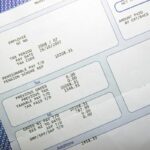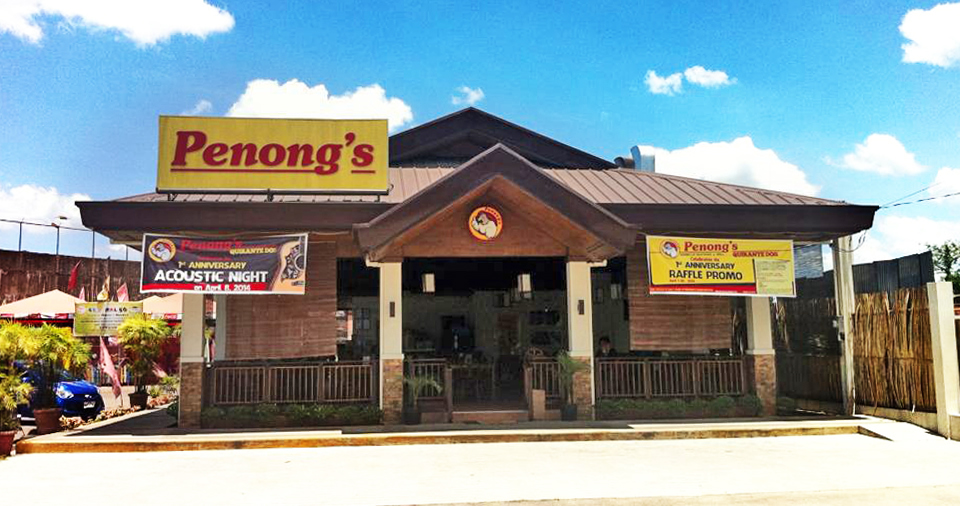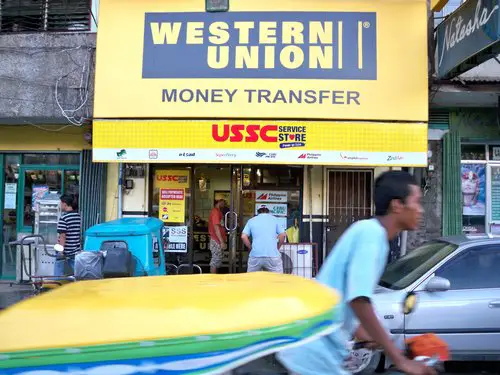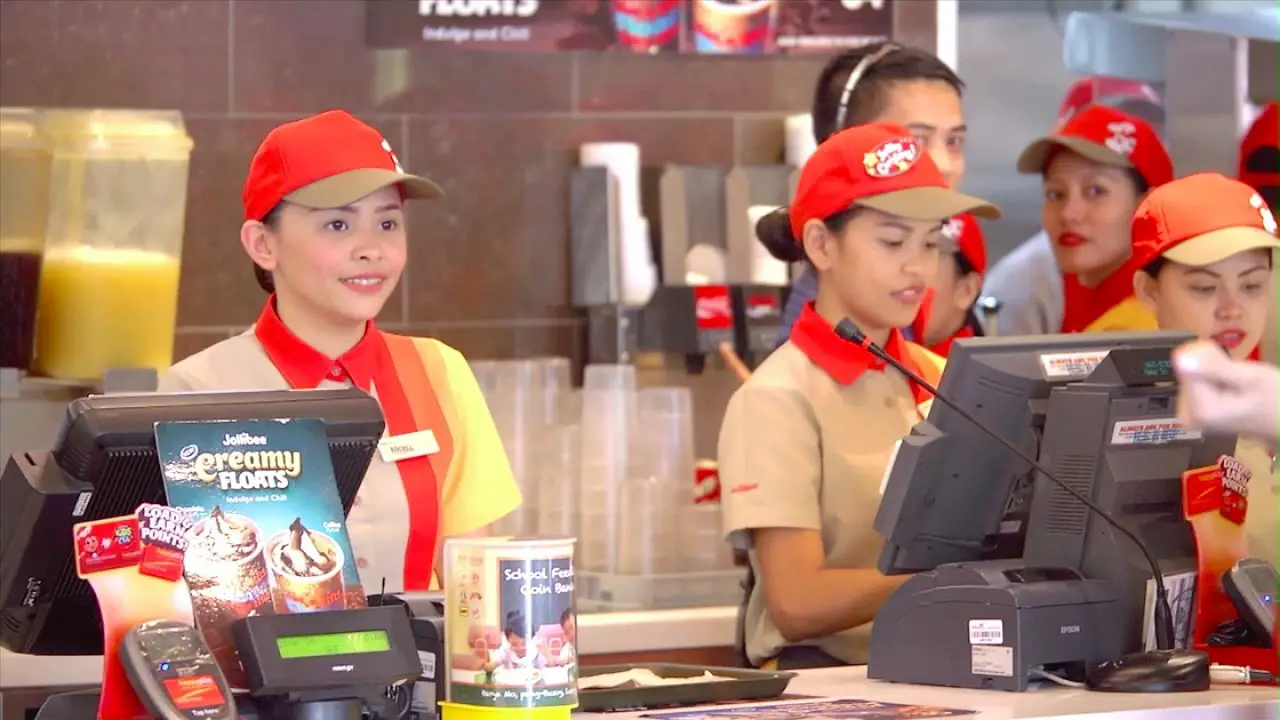Sure, entering a franchising business is rather a safer, less risky passage to business success. And why not, the business model, the renowned brand and established target customers who are familiar with the price points, service or product offerings and know what to expect. That’s clearly ahead of a stand alone individual business person who starts from scratch.

But joining the bandwagon, saving you time and effort to test your product with your clients (and failing), also pays in return. Many franchises charge royalties, membership fees, advertising charges and other fees on top of the standard costs. So it’s prudent to be aware of what financial requirements you should be ready to shell out initially and monthly before deciding to make a commitment into being a franchisee.
Initial investment
This may refer to the franchise package which may include the following:
1. Initial fee
Downpayment for the entire cost of a selected franchise package that will formally allow you as a franchisee to use the brand’s trademark, business system and services used to prepare your entry into the franchising business. As businesses may vary, costs for this fee also varies widely, from P50,000 for foodcarts to P3 million or even more for established restaurants/dealerships of popular brands.
2. Build-out
The amount used in the construction of a shop building, stall, office or kiosk. This is often part of the package but may vary depending on type of business or Franchisor preference.
3. Equipment
The amount used in the procurement of ovens, computers, freezers, cash registers, refrigerators, sewing machines, printing materials, security systems or any other equipment necessary in the operation. The cost will depend on the size of the shop and expected number of customers at any given time.
4. Furniture and fixtures
The amount used to buy tables, chairs, cabinets, wash areas, etc.
5. Signages
The amount used to produce trademark streamers, neon signs, directionals, posters, menu display, etc.
6. Permits and licenses
The amount used to obtain government license, permits and clearances, along with payment for inspectors and required taxes.
7. Pre-operating expenses
The amount used to get the business running even before entertaining first customers. This includes training for staff, shop lease, utility costs, etc.
8. Operating capital
The amount used to buy materials the franchise branch needs from the first until (typically) third month of operation. This includes raw products sourced from the franchisor or a third-party supplier.
9. Deposits
The amount used as guarantee of use of utilities such as rental for water meter, electrical meters, telephone line, gas supply, etc. This is usually redeemable upon end of a lease contract.
Monthly expenses
To maintain operation, the franchisee is expected to shoulder the following costs.
10. Royalty – the fee which ranges between 5% to 10% of gross sales paid to the franchisor for rights to use the trademark and continued business support from the franchisor.
11. Recurring expenses – these are the expenses expected to be paid on a monthly basis
12. Cost of goods such as materials or ingredients
13. Employee wages
14. Utilities (water, gas, electricity, phone)
15. Shop lease
16. Other incidental expenses such delivery costs, tips, taxi fare, laundry costs, etc.
Maintaining a business can be a costly one, so it’s always expected that sales revenue should exceed expenses to turn out profit. If your calculations are right and you are confident that starting a business on franchise model is the way to go, good luck. Otherwise, ask more professional advice to get further guidance.








